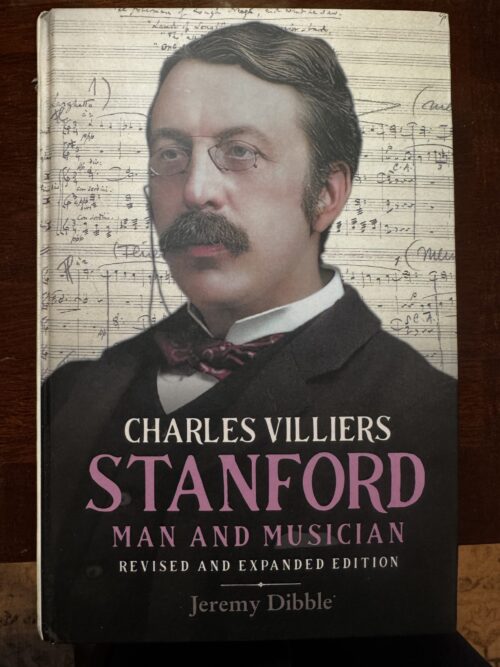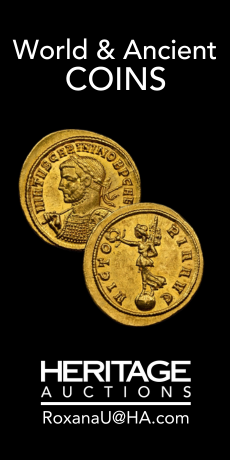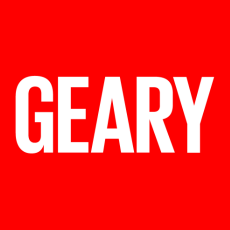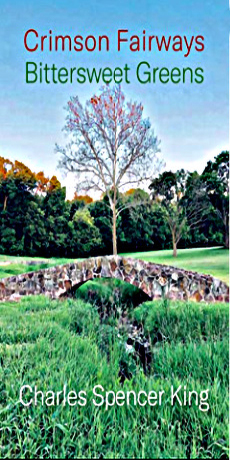by John Covell
December 2024 brought to a close a year of concerts, services, opera performances and new recordings marking the one hundredth anniversary of the death of the Anglo-Irish composer Sir Charles Villiers Stanford.
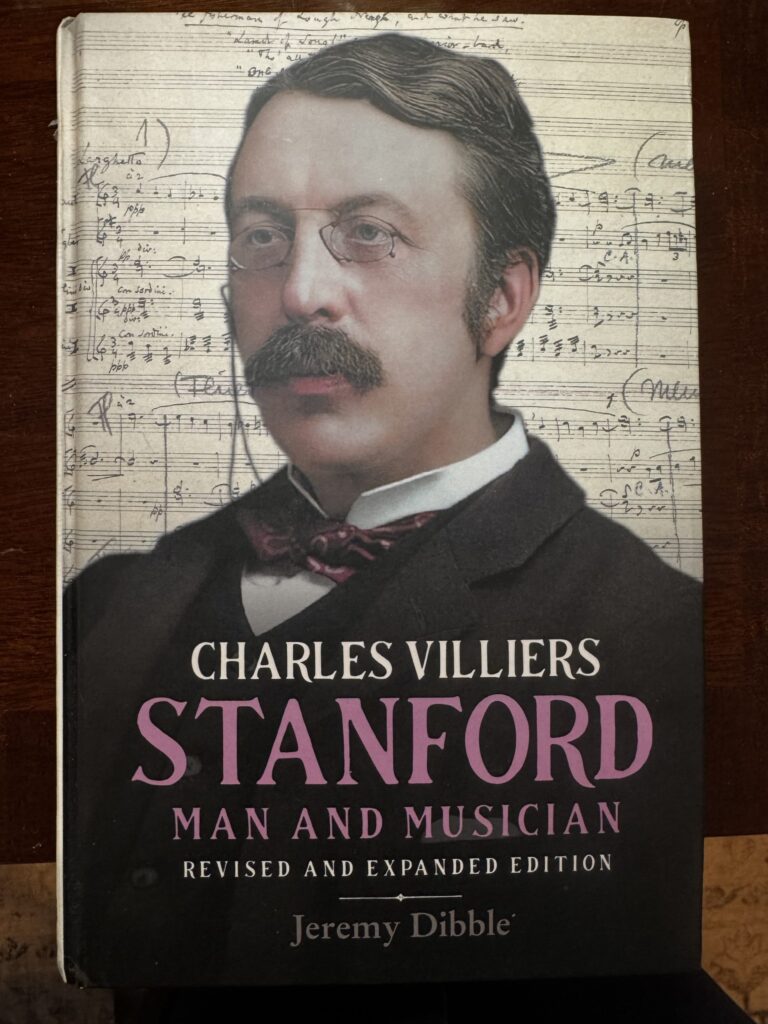
Charles Villiers Stanford
Professor Jeremy Dibble’s revised and expanded biography
Stanford (1852 to 1924) was a contemporary of Sir Edward Elgar and Sir Arthur Sullivan. Since his death he has been remembered largely for his music for the Anglican Church, for his secular songs and for his students at the Royal College of Music in London, where he taught composition for forty years. These students represent some of the most important British composers of the first half of the twentieth century and include Ralph Vaughan Williams, Gustav Holst, Herbert Howells, Samuel Coleridge-Taylor and Rebecca Clarke.
In March of 2007 a group of lovers of English music gathered at Kings’ College Cambridge to dedicate a Blue Plaque to be placed on Stanford’s house in Cambridge. Hosted by Stephen Cleobury, Director of Music at Kings’, the group which included Stanford biographer Professor Jeremy Dibble and myself, held a weekend dedicated to the music of Stanford and his students. From this first meeting a Stanford Society was created which I have chaired since its inception. Since 2007 the Society has held annual gatherings at university and cathedral cities in the UK and Ireland, including Oxford, Cambridge, Durham, Gloucester and Dublin. It has also sponsored concerts and recordings of Stanford’s music with now more than twenty new CDs released.
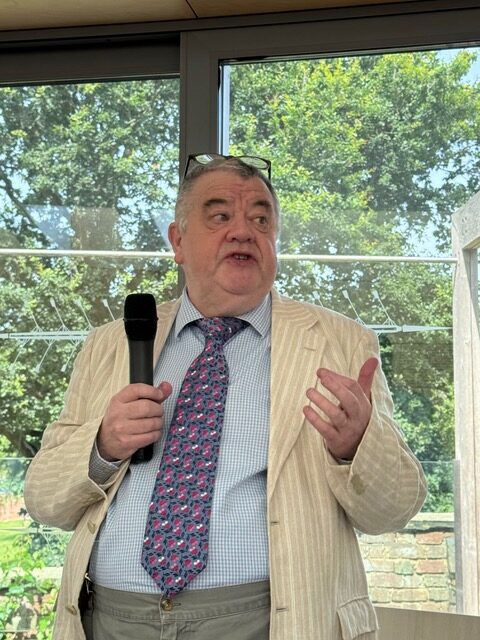
Professor Jeremy Dibble, Stanford biographer
This revival of interest in Stanford and his music culminated in a rich program of activities during 2024. On April 5th, Stanford’s early oratorio, The Three Holy Children, was presented in Minneapolis by the Oratorio Society of Minneapolis Chorus, The University of Minnesota Singers, the Oratorio Society Orchestra and soloists conducted by Matthew Mehaffey, Professor of Music at the University of Minnesota. This was the first performance of this work in more than one hundred and thirty years. The manuscript score was edited for performance by Minnesota musicologist Dave Fielding.
On April 27th, a Memorial Evensong was held in Westminster Abbey, where Stanford is buried. This was followed by a reception hosted by the Abbey’s Dean, the Very Rev’d Dr. David Hoyle, in the historic Jerusalem Chamber. After the service Jeremy Dibble and I laid a wreath on Stanford’s grave.
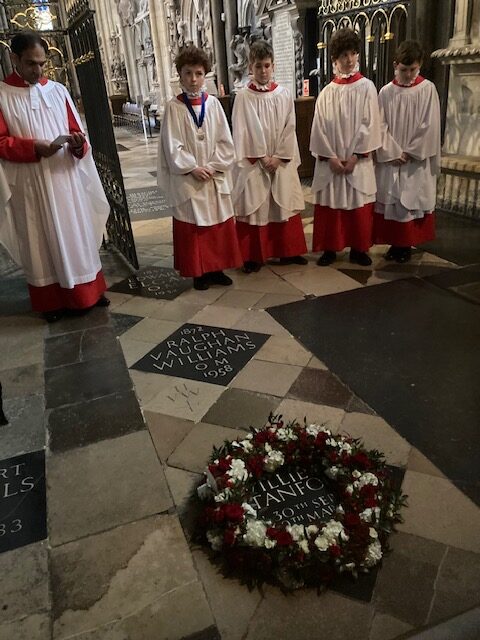
Wreath placed on Stanfords’s Memorial in Westminster Abbey
The day also included the launch of the second edition of Jeremy Dibble’s much revised and expanded biography of Stanford and a Gala Dinner of the Stanford Society at London’s historic Oxford and Cambridge Club. Guests included representatives of the Elgar, Howells, Vaughn Williams and Holst societies, Andrew Nethsingha, Director of Music at Westminster Abbey and Susan, Baroness Kramer, a former Chicago resident.
In July, Stanford was celebrated at the Three Choirs Festival in Worcester, England with a performance of one of his major choral works, The Stabat Mater. The Festival also included the premier of Stanford’s Sonata for String Orchestra arranged from five movements of Stanford’s String Quartets by Jeremy Dibble. Professor Dibble also spoke about his new biography of Stanford at a lunch at the Festival hosted by the Stanford Society.

Worcester Cathedral Three Choirs Festival Stanford’s Stabat Mater
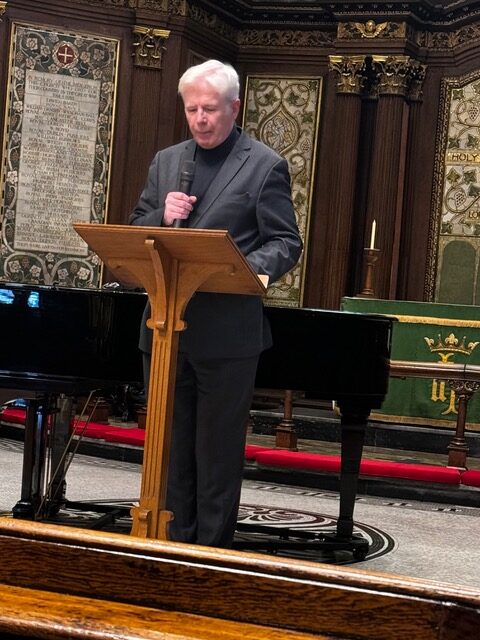
Professor Harry White, Dublin lecture
October saw the annual Stanford Festival Weekend held this year in Dublin, the city of the composer’s birth. Many of the recitals and lectures were based at the Royal Irish Academy of Music, founded in 1848 by several leading Dublin citizens including Stanford’s father, John. The Weekend included services and organ recitals at Dublin’s historic St. Patrick’s and Christchurch Cathedrals and a Gala Dinner attended by members of the Stanford family at the Kildare Street and University Club.

John and Robert Valente at dinner in Dublin.
The following weekend the Wexford Opera Festival saw the premier of a new production of Stanford’s opera, The Critic. This was the first performance of the opera since 1919. The production was warmly received by the first night audience and the press.
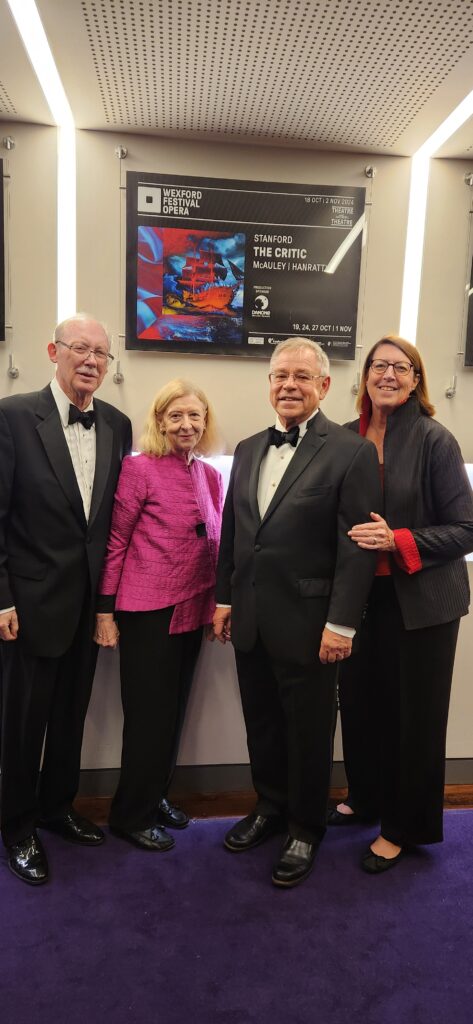
John Covell, Connie Frydenlund, Mark and Laura Fisher at the National Opera, Wexford
During the year, musical groups and churches throughout the United Kingdom, the United States and worldwide featured Stanford’s music in their concerts and services. These included St. James’ and Holy Name Cathedrals and St. Chrysostom’s Church in Chicago. There were also many special events to honor the composer and his music.
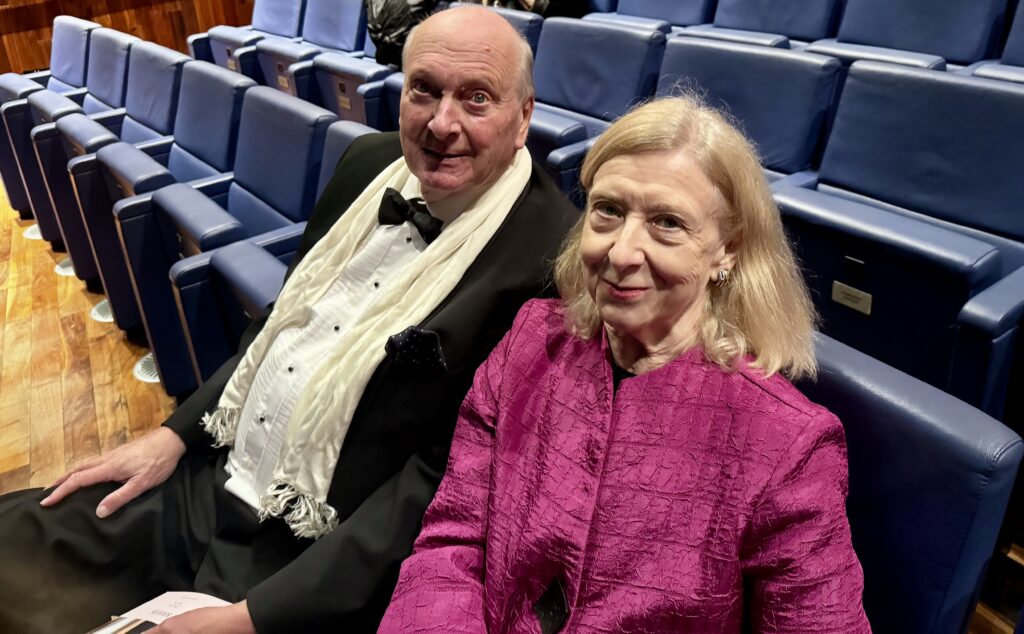
Michael Webb, Chairman of the Irish branch of the Stanford Society and member of the Stanford family with Connie Frydenlund at the Wexford Opera House
The 2025 Stanford Festival Weekend will be held at Salisbury Cathedral in England on October 11th and 12th, 2025. Further information about the Stanford Society can be found on the Charles Villiers Stanford Society website, www.thestanfordsociety.org.



